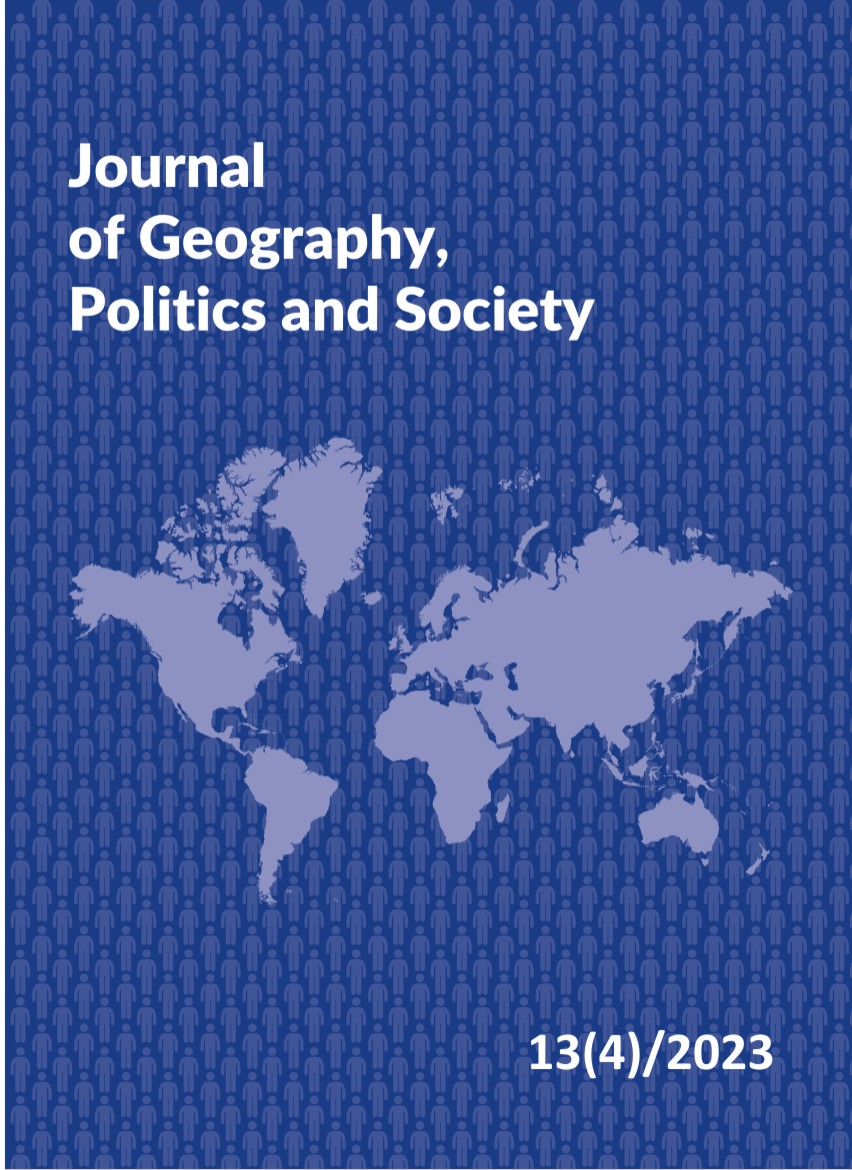Life and death of Poland’s landscape – are we living in landscape “hell”?
Life and death of Poland’s landscape – are we living in landscape “hell”?
Author(s): Mariusz KistowskiSubject(s): Human Geography
Published by: Wydawnictwo Uniwersytetu Jagiellońskiego
Keywords: spatial management; landscape death; landscape “hell”; political transformation; the “mafia” state;
Summary/Abstract: The author’s thesis assumes that the degree of landscape degradation in many parts of Poland is so high that the use of the term “landscape hell” is justified. This denotes such a state of visual and aesthetic, structural and functional landscape degradation that leads or has already led to the landscape’s death. This condition existed in many areas during the communist period, but now, 34 years after the political transformation and eight years of the development of the “mafia” state, it is also occurring with increasing frequency. Its origin lies in the attitude of some politicians and the public towards space and nature as resources that can be exploited to an extreme extent and that must be subordinated to people. This is due, among others, to the Poles’ civilizational lag in relation to many other nations, Polish society’s developmental history, and the recurring compensation for economic shortcomings. In the first quarter-century of transformation, the development of consumption, the dominance of economic development criteria, and the politicians’ ignorance and bias have introduced phenomena such as strip farm urbanisation, “concreteosis”, architectural “gigantomania”, “urban blight”, “railingeosis”, and “advertosis” into the landscape. After 2015, the above have been overlaid by the landscape-eroding activities of the representatives of the “mafia” state, resulting from, among others, excessive deforestation and tree clearing in open and urban areas, continued operation of the coal-based energy sector, including open-cast mines, river diversions, construction of hydro-technical facilities, mass legalisation of arbitrary construction, and transport infrastructure planning. The various recommendations on landscape conservation, formulated for many years, have, for the most part, not been implemented, despite Poland’s ratification of the European Landscape Convention. We can thus gradually kill off more landscape, which will continue to linger in our memories and documents for some time, until eventually, virtual reality becomes the main way of admiring it.
Journal: Journal of Geography, Politics and Society
- Issue Year: 13/2023
- Issue No: 4
- Page Range: 1-12
- Page Count: 12
- Language: English

